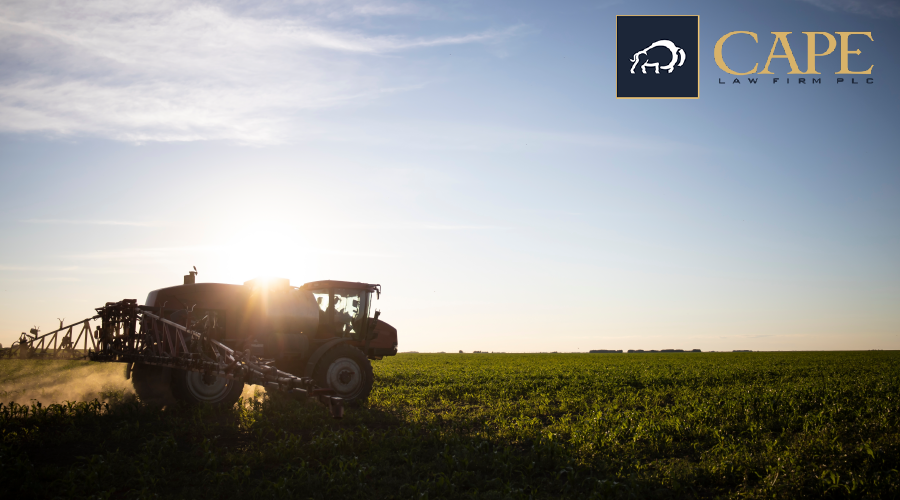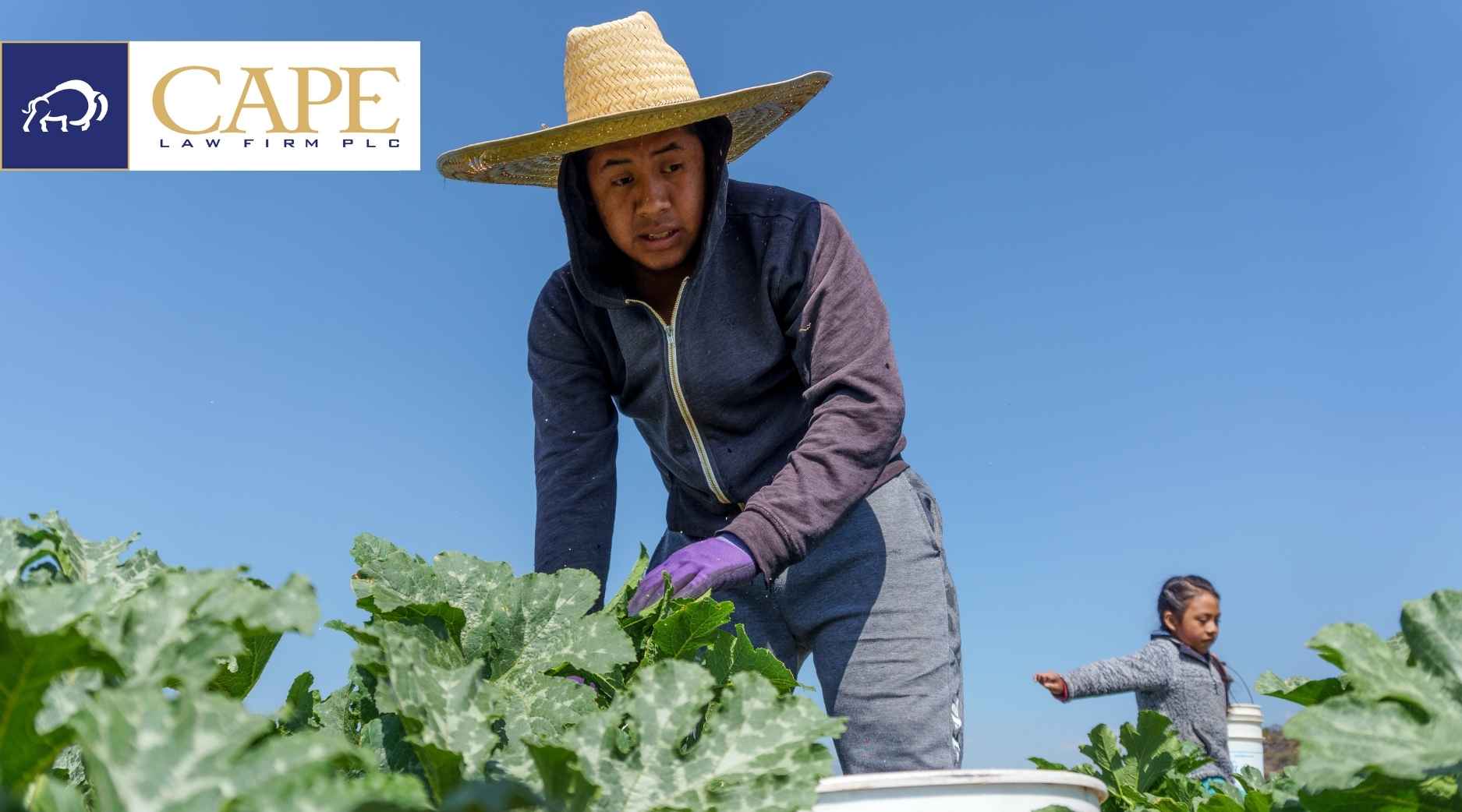New York Enacts Ban on Neonicotinoid-Treated Seed
The new state law was initially passed by the New York legislature in June of last year, and is one of the first of its kind in the country targeting pesticide-treated seeds. The law goes into full effect on January 1, 2027, although it provides some flexibility for the environmental commissioner to temporarily suspend the ban if there is an insufficient supply of non-treated seed. The final version of the law that was enacted was supported by New York Farm Bureau and the New York Corn and Soybean Growers Association. You can read the new law here.
Insights from a Farmer Panel
(Part 3)
A couple weeks ago we started discussing some of the insights gleaned from a panel of farmers at the annual conference of the Independent Professional Seed Association. The purpose of the panel was to gain insights into what things might motivate farmers to consider purchasing from independent seed companies. The discussion was also a sort of snapshot into the state of modern agriculture. Among the attributes of the panel members were:
- All were located in the Midwest and primarily produced corn and soybeans.
- Each worked on a multi-generational farm, ranging from the 3rd to the 7th generation that had taken over the operation built by previous generations.
- Each farmed more than 5,000 acres, which would generally be considered a large operation.
- All had various family members involved in ownership and day-to-day management.
- All were seed growers.
As we wrap up this discussion, a few final (and somewhat random) thoughts came to mind. Each of these farms are exclusive to one of the big, well-established companies (at least for seed and the inputs offered under that company’s broader umbrella of brands). They also made it clear that new vendors would need to be quite persistent – maybe for several years – to gain their attention and ultimately a level of trust required to place products with their operations. That is often true of any business, not just farms.
It is also interesting to note that the panelists all operated in relatively close proximity to one another. If you envision each operation growing its acreage footprint, maybe to accommodate additional family members, or simply to increase economies of scale (one of the few methods to remain profitable in commodity production), at what point will they run into one another in way that makes them direct competitors? What does that sort of competition look like and what are its effects? Indeed, since each grower relies on the same big brand for its inputs and unique “opportunities,” might the big brand be able to ultimately decide the winners and losers? (Sure seemed to work for ESPN and a few lucky college football conferences).
In a certain way, these things also suggest that these growers were firmly entrenched in maintaining the status quo, and if you think about that broadly, that would encompass farm bills, farm programs, and continued consolidation in the private sector. The status quo is somewhat troubling since it certainly hasn’t increased the number of farms or farmers in the market. Would it be beneficial to have some market differentiation among the stuff we’re growing? Is market differentiation even possible in the current market structures? Hard to say, but it seems worth pondering.





